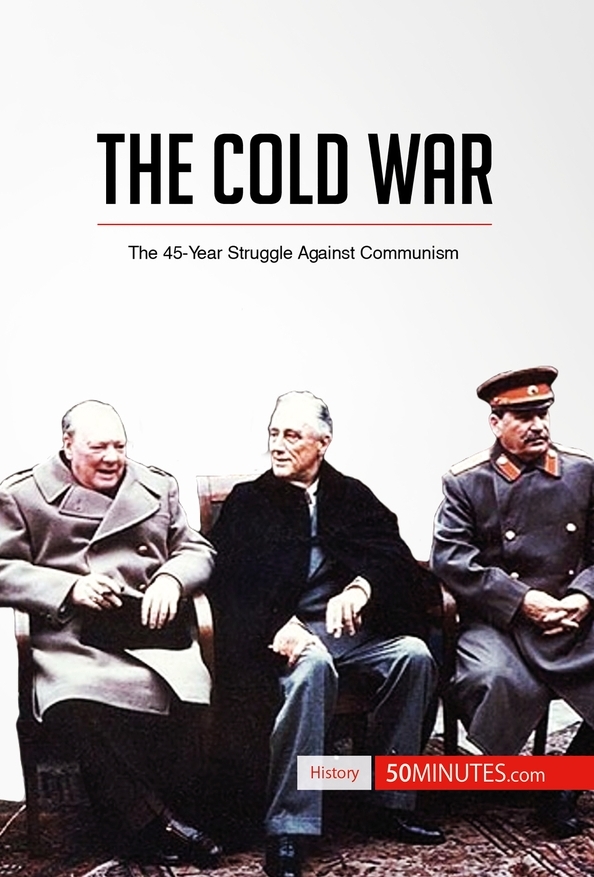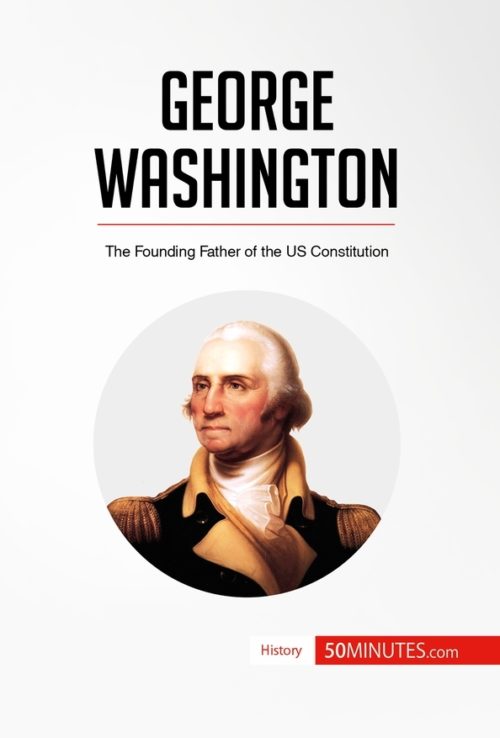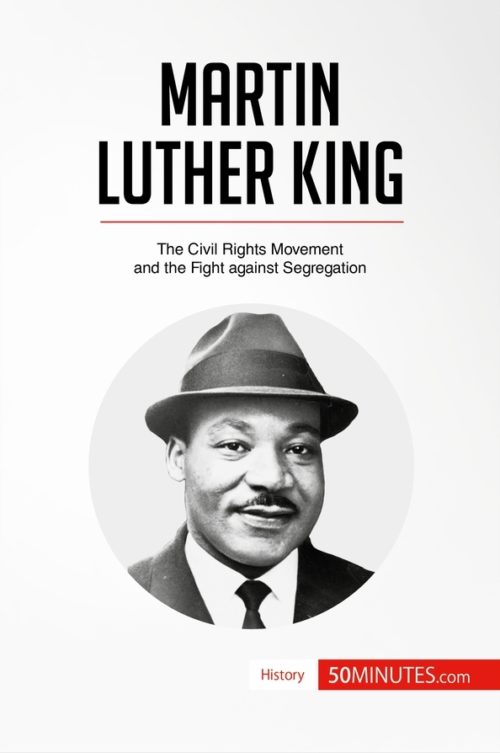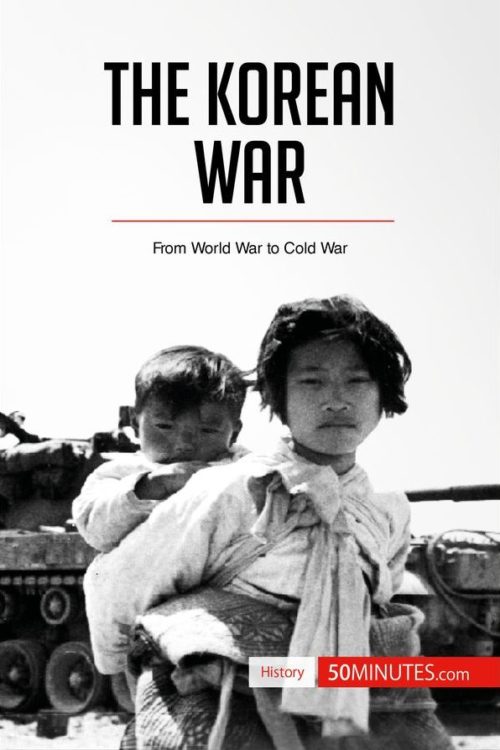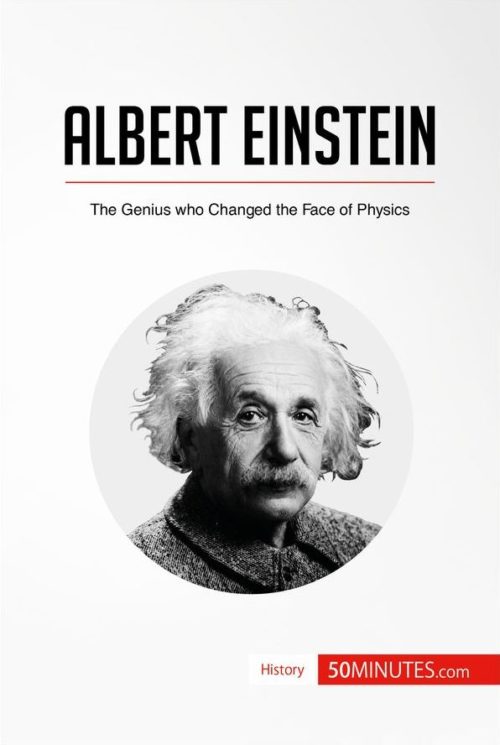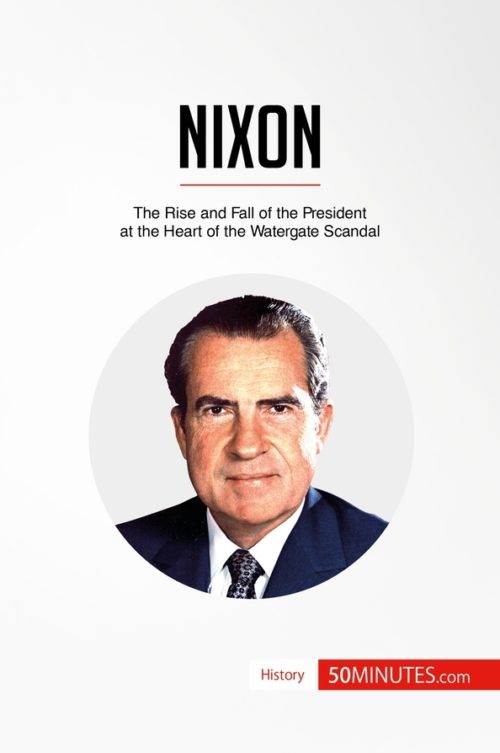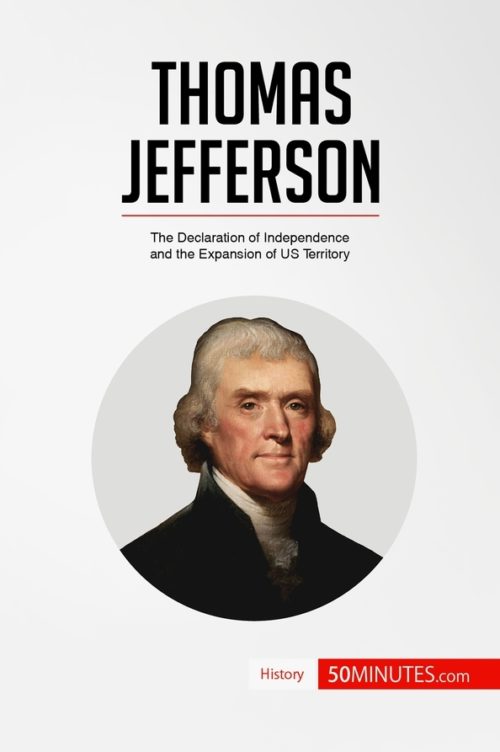The Cold War
The Cold War
The 45-Year Struggle Against Communism
$4.99
978280627603271EBookPlurilingua PublishingIt is impossible to understand modern European history without first understanding the Cold War. Indeed, the tensions between the USA and the USSR, the two great powers to emerge from the Second World War, dominated the second half of the 20th century, resulted in a series of brutal proxy wars and brought the planet to the brink of nuclear war. The clash between two diametrically opposed systems, capitalism and Communism, divided the planet as each side did everything in their power to prove the superiority of their own way of life. In just 50 minutes, you will learn about the causes of this major ideological conflict and understand its profound impact on the global geopolitical landscape, with consequences that are still felt today.
This straightforward and informative book provides a thorough discussion of many of the key events of the Cold War, including the construction of the Berlin Wall, the Cuban Missile Crisis and the Vietnam War. It also features a valuable introduction to the social and political context, biographies of key figures, including Joseph Stalin and Harry S. Truman, and an examination of the years following the end of the conflict, giving you all the essential information about this crucial period of history.
About the Cold War
When the Second World War ended in 1945, the USA and USSR emerged stronger, whereas the old Western European powers had been greatly weakened. However, when the two new superpowers tried to organize world peace in the years following the war, the ideological differences between them became apparent, and over 40 years of simmering tensions, which sometimes came to a head in flashpoints around the world, ensued. The Cold War shaped the course of the 20th century, and is essential in understanding the world we live in today.
This clear and accessible 71-page book is structured as follows:
Introduction to the Cold War
Context
The union of powers
The emergence of a new power balance in 1945
Rising tensions (1945-1947)
Division of Germany
Biographies
Joseph Stalin, Soviet statesman
Andrei Alexandrovich Zhdanov, Soviet politician
Harry S. Truman, American statesman
George Frost Kennan, American diplomat
The Cold War
A conflict that is difficult to understand
Ideological confrontation in Europe (1947-1949)
The internationalization of the conflict (1950-1955)
The establishment of military alliances
Peaceful coexistence (1953-1962)
The Détente (1964-1975)
The "Fresh War" (1979-1983)
The end of the war (1985-1988)
Impact of the Cold War
An all-powerful America?
The UN and the takeover of the United States
A new economic area
The rise of new conflicts
Summary
It is impossible to understand modern European history without first understanding the Cold War. Indeed, the tensions between the USA and the USSR, the two great powers to emerge from the Second World War, dominated the second half of the 20th century, resulted in a series of brutal proxy wars and brought the planet to the brink of nuclear war. The clash between two diametrically opposed systems, capitalism and Communism, divided the planet as each side did everything in their power to prove the superiority of their own way of life. In just 50 minutes, you will learn about the causes of this major ideological conflict and understand its profound impact on the global geopolitical landscape, with consequences that are still felt today.
This straightforward and informative book provides a thorough discussion of many of the key events of the Cold War, including the construction of the Berlin Wall, the Cuban Missile Crisis and the Vietnam War. It also features a valuable introduction to the social and political context, biographies of key figures, including Joseph Stalin and Harry S. Truman, and an examination of the years following the end of the conflict, giving you all the essential information about this crucial period of history.
About the Cold War
When the Second World War ended in 1945, the USA and USSR emerged stronger, whereas the old Western European powers had been greatly weakened. However, when the two new superpowers tried to organize world peace in the years following the war, the ideological differences between them became apparent, and over 40 years of simmering tensions, which sometimes came to a head in flashpoints around the world, ensued. The Cold War shaped the course of the 20th century, and is essential in understanding the world we live in today.
This clear and accessible 71-page book is structured as follows:
Introduction to the Cold War
Context
The union of powers
The emergence of a new power balance in 1945
Rising tensions (1945-1947)
Division of Germany
Biographies
Joseph Stalin, Soviet statesman
Andrei Alexandrovich Zhdanov, Soviet politician
Harry S. Truman, American statesman
George Frost Kennan, American diplomat
The Cold War
A conflict that is difficult to understand
Ideological confrontation in Europe (1947-1949)
The internationalization of the conflict (1950-1955)
The establishment of military alliances
Peaceful coexistence (1953-1962)
The Détente (1964-1975)
The "Fresh War" (1979-1983)
The end of the war (1985-1988)
Impact of the Cold War
An all-powerful America?
The UN and the takeover of the United States
A new economic area
The rise of new conflicts
Summary
application/pdf1 20th century, Berlin Wall, capitalism, Cold War, Communism, Cuban Missile Crisis, European history, Harry Truman, ideological conflict, Iron Curtain, Joseph Stalin, Korean War, Space race, USA, USSR, Vietnam War
DOWNLOAD THIS BOOK
It is impossible to understand modern European history without first understanding the Cold War. Indeed, the tensions between the USA and the USSR, the two great powers to emerge from the Second World War, dominated the second half of the 20th century, resulted in a series of brutal proxy wars and brought the planet to the brink of nuclear war. The clash...
Read more
It is impossible to understand modern European history without first understanding the Cold War. Indeed, the tensions between the USA and the USSR, the two great powers to emerge from the Second World War, dominated the second half of the 20th century, resulted in a series of brutal proxy wars and brought the planet to the brink of nuclear war. The clash between two diametrically opposed systems, capitalism and Communism, divided the planet as each side did everything in their power to prove the superiority of their own way of life. In just 50 minutes, you will learn about the causes of this major ideological conflict and understand its profound impact on the global geopolitical landscape, with consequences that are still felt today.
This straightforward and informative book provides a thorough discussion of many of the key events of the Cold War, including the construction of the Berlin Wall, the Cuban Missile Crisis and the Vietnam War. It also features a valuable introduction to the social and political context, biographies of key figures, including Joseph Stalin and Harry S. Truman, and an examination of the years following the end of the conflict, giving you all the essential information about this crucial period of history.
About the Cold War
When the Second World War ended in 1945, the USA and USSR emerged stronger, whereas the old Western European powers had been greatly weakened. However, when the two new superpowers tried to organize world peace in the years following the war, the ideological differences between them became apparent, and over 40 years of simmering tensions, which sometimes came to a head in flashpoints around the world, ensued. The Cold War shaped the course of the 20th century, and is essential in understanding the world we live in today.
This clear and accessible 71-page book is structured as follows:
- Introduction to the Cold War
- Context
- The union of powers
- The emergence of a new power balance in 1945
- Rising tensions (1945-1947)
- Division of Germany
- Biographies
- Joseph Stalin, Soviet statesman
- Andrei Alexandrovich Zhdanov, Soviet politician
- Harry S. Truman, American statesman
- George Frost Kennan, American diplomat
- The Cold War
- A conflict that is difficult to understand
- Ideological confrontation in Europe (1947-1949)
- The internationalization of the conflict (1950-1955)
- The establishment of military alliances
- Peaceful coexistence (1953-1962)
- The Détente (1964-1975)
- The “Fresh War” (1979-1983)
- The end of the war (1985-1988)
- Impact of the Cold War
- An all-powerful America?
- The UN and the takeover of the United States
- A new economic area
- The rise of new conflicts
- Summary
